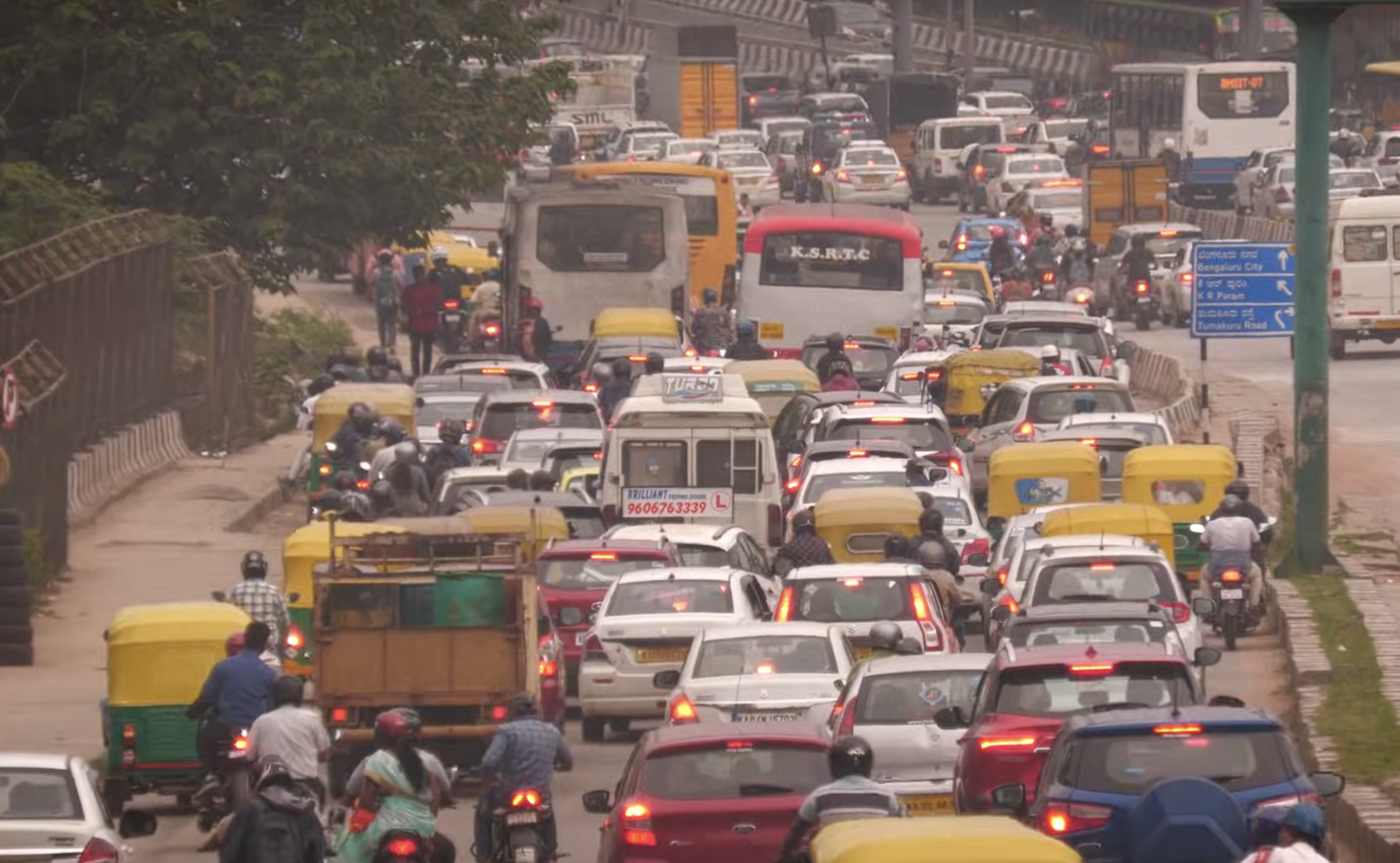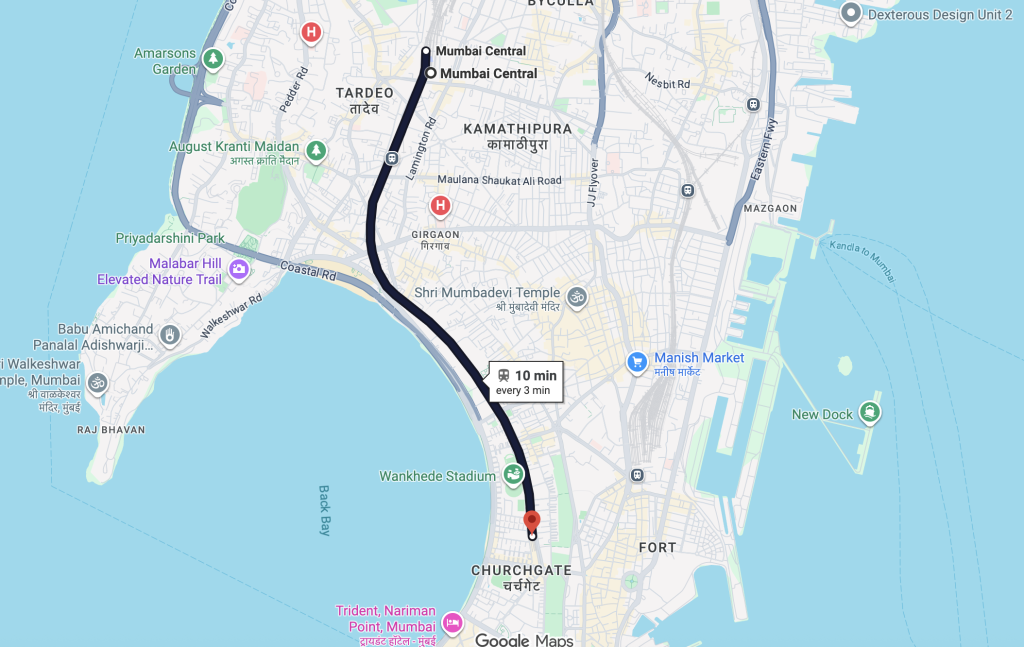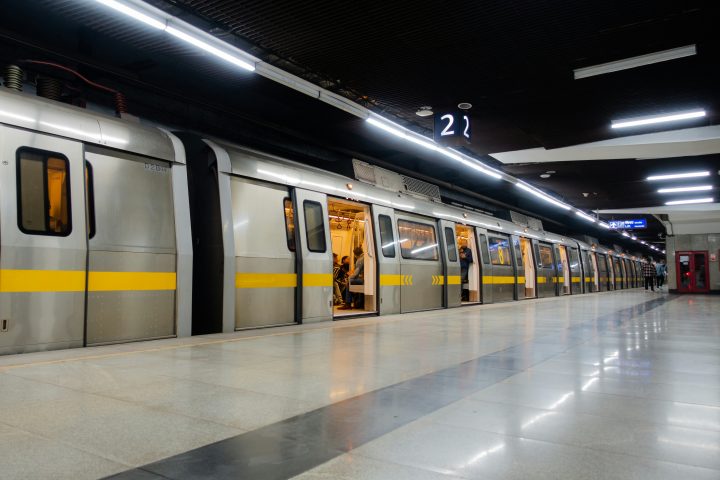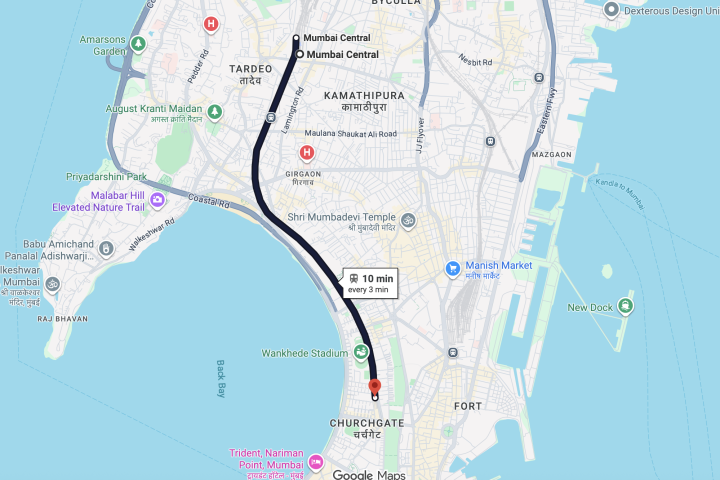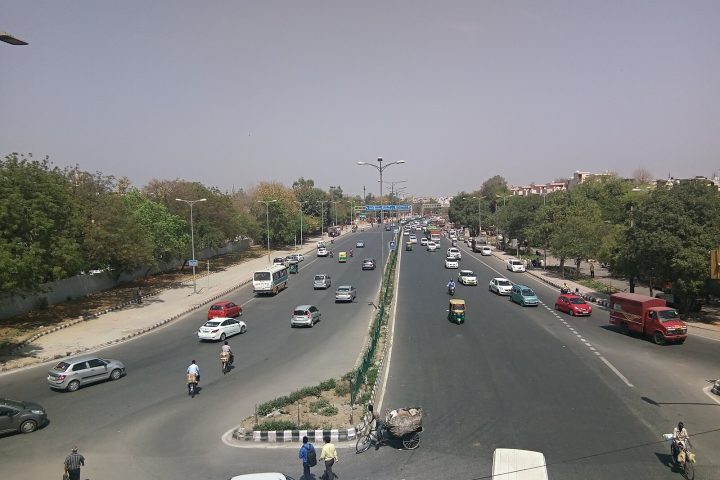Congestion pricing has emerged as a powerful tool to combat rising traffic and gridlock in cities worldwide. It began with just a handful of cities in the late 2000s but has gained momentum in recent years, especially after the pandemic. New York City rolled it out in January this year, despite consistent pushback from residents and political parties.
There are now plans to apply this strategy to the congested Bengaluru’s Outer Ring Road that is infamous for its crawling traffic.
Personally, I have long advocated for congestion fees in certain areas to discourage private vehicle traffic and instead encourage public transport, cycling, and walking. Such measures are not about punishing drivers, but about reclaiming space, reducing gridlock, and making cities healthier and more livable.
However, we have often seen administrators rush into such policies without proper planning or long-term vision. Delhi’s odd-even rule is a case in point — introduced with much fanfare, but quickly rolled back after public backlash.
Challenges
1. The current idea is to tax single-occupant cars, but how to enforce it without creating traffic backlogs at toll booths? Are recently acquired AI-powered traffic cameras advanced enough to detect this…and that too, quickly?
2. Women drivers, who may lack safe alternative commuting options, would be disproportionately affected. As per Reuters poll of economists and policy experts, Indian women’s participation in the workforce will take at least two decades to catch up with G20 peers. Overcrowded buses and poorly lit streets are daily realities for many women, making private cars feel like the only safe option.
3. Public transport along this stretch remains inadequate, with the Metro Blue Line still under construction and only a handful of buses serving the route and its surrounding areas. With congestion fees in place, authorities must ensure additional bus services on this route, supported by well-integrated feeder buses to handle the demand.
4. That brings me to the current BMTC fleet mix, which lacks enough smaller neighborhood buses. As a result, adjacent residential areas remain severely underserved where traffic actually originates. Recently, it was reported that BMTC purchased additional small buses, but it remains to be seen whether they will actually be deployed to improve neighborhood connectivity.
5. The government needs to register households in congestion zones and offer them up to a 90% discount on congestion fees, since they have no choice but to use those roads. Cities like London already provide such exemptions. New York does it a bit differently by providing relief based on income.
6. There must be a mechanism to reinvest congestion fee revenues into public transport; otherwise, the whole exercise is pointless, as new traffic hot spots will quickly emerge. Transport for London for instance reinvests nearly all Congestion Charge revenue back into public transport and active mobility.
7. Karnataka government needs to provide clarity on its car pooling policies to encourage shared rides if people want to switch? According to recent news report, the state had banned carpooling in 2023 and later reversed the decision. Guidelines were supposed to follow immediately, but nearly two years later, they are still awaited.
8. Delivery vehicles, food delivery bikes, school buses, long-distance buses, and several other sectors need to be consulted and considered in the plan, as they are directly affected by such decisions. Do they get some sort of incentive? Can they apply for monthly passes or can they get tax breaks? These are some of the questions that need to be asked.
9. Without the Peripheral Ring Road, long-distance trucks rely on this route to connect the southern and northern parts of the city. If congestion fees are imposed, these trucks might divert onto the city’s interior roads to avoid the charges.
Congestion pricing—a noble idea—requires careful planning rather than a knee-jerk reaction, because like I said, hasty measures are often rolled back quickly.
